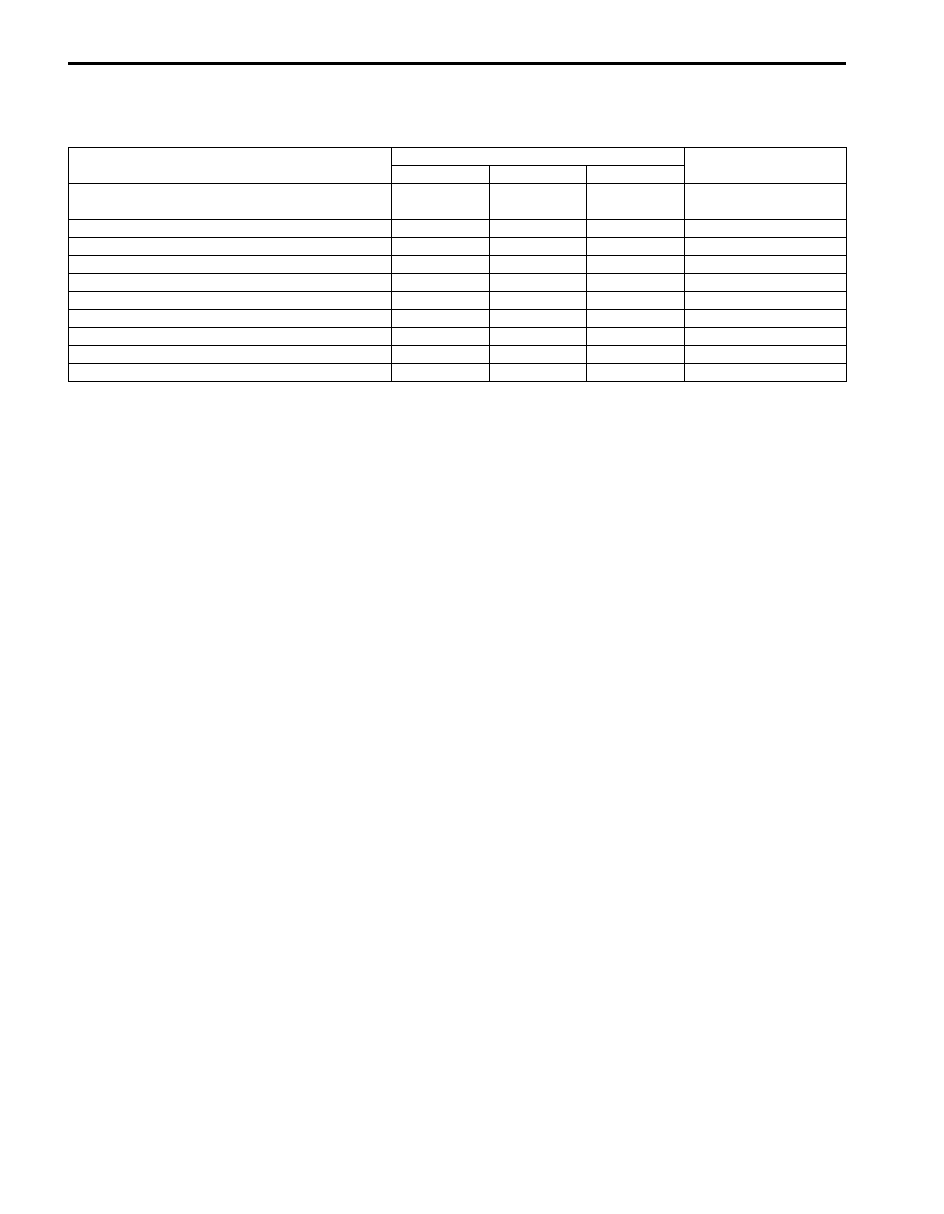Suzuki Grand Vitara JB416 / JB420. Manual - part 83

1C-17 Engine Electrical Devices:
Specifications
Tightening Torque Specifications
S5JB0A1307001
Reference:
For the tightening torque of fastener not specified in this section, refer to “Fastener Information in Section 0A”.
Fastening part
Tightening torque
Note
N
⋅m
kgf-m
lb-ft
Accelerator pedal position (APP) sensor
assembly nut
6.0
0.6 4.5
APP sensor assembly bracket nut
6.0
0.6
4.3
ECT sensor
12.5
1.25
9.0
A/F sensor
45
4.5
32.5
Heated oxygen sensor
45
4.5
32.5
CMP sensor bolt
11
1.1
8.0
CKP sensor bolt
11
1.1
8.0
CKP sensor bolt
10
1.0
7.5
Knock sensor
22
2.2
16.0
MAF and IAT sensor screw
1.5
0.15
1.1